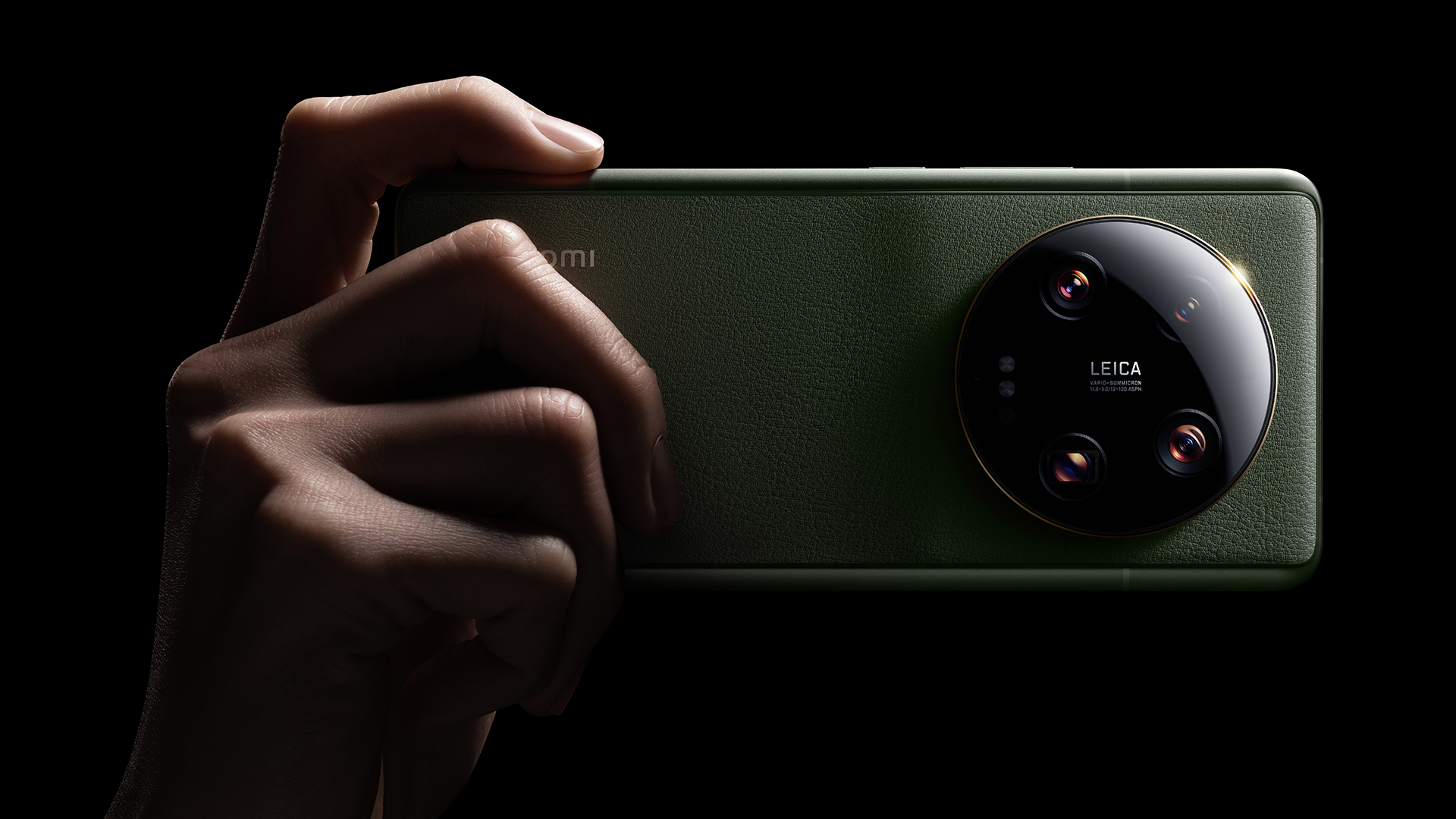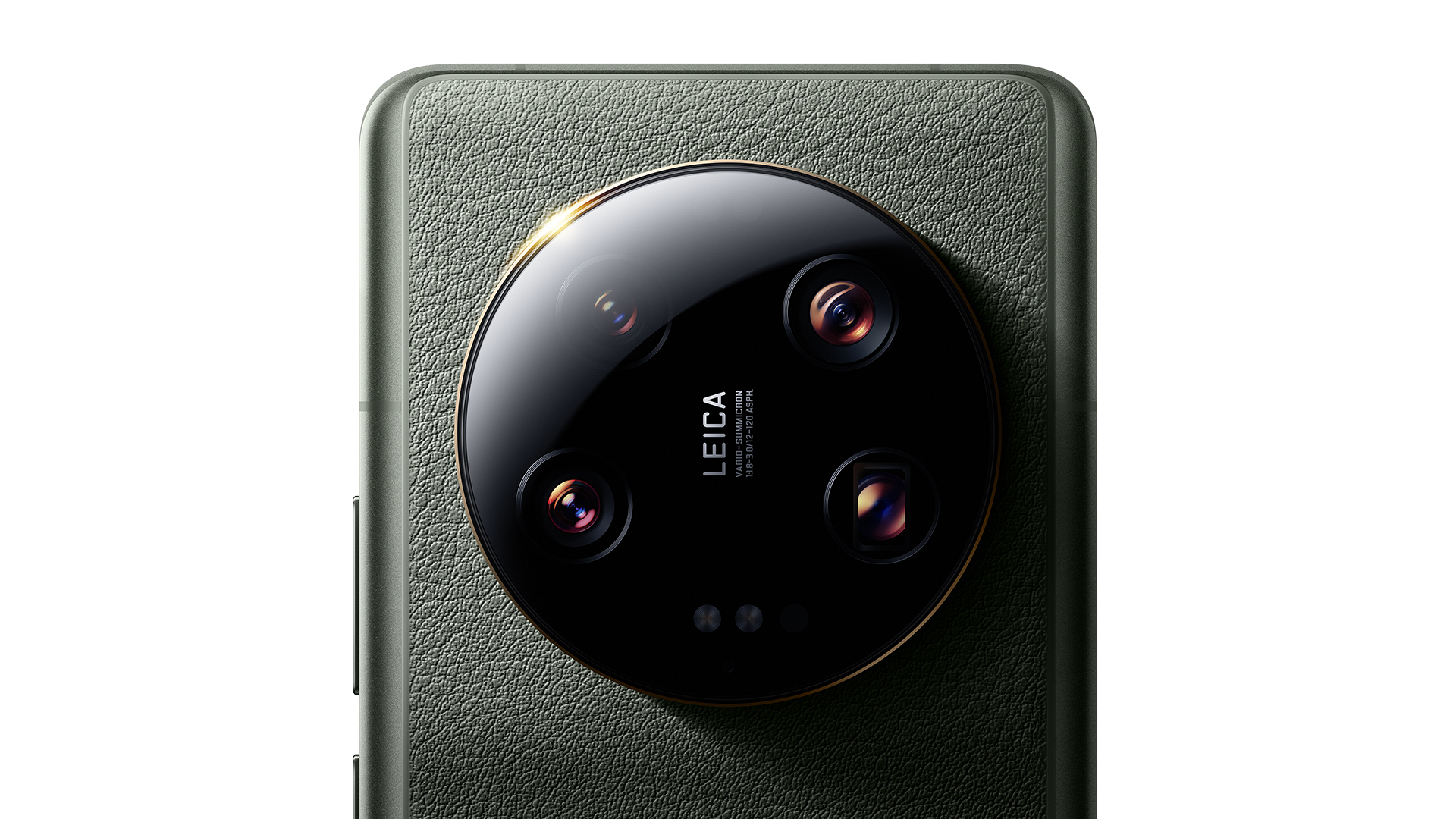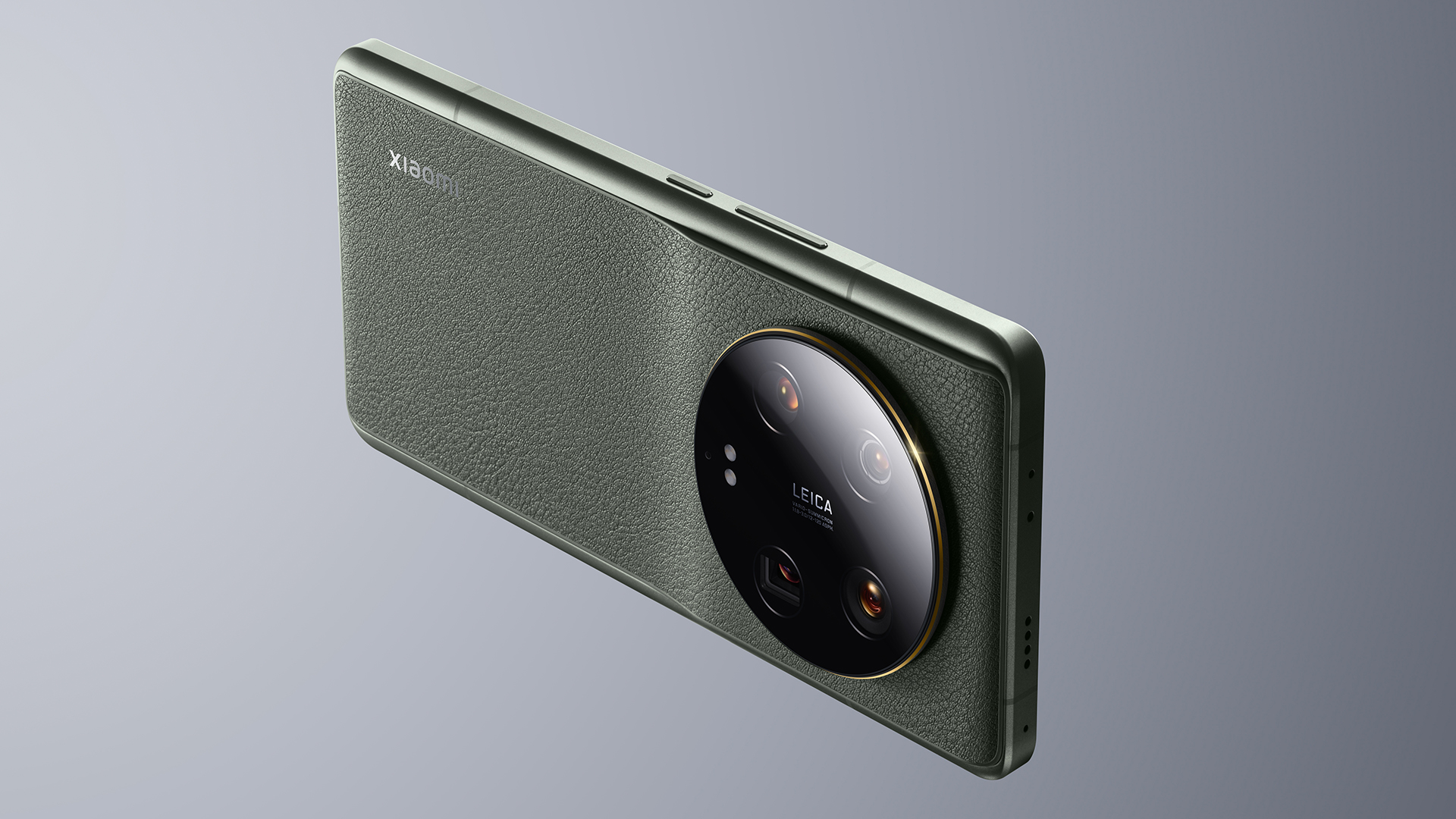
Xiaomi has just announced its latest flagship smartphone in China, the Xiaomi 13 Ultra, which is set to launch globally later this year.
While everything about this phone screams high-end, it’s the main camera’s party trick – switching the aperture between f/1.9 and f/4 – that made us double-take.
We first saw a dual-aperture on the Galaxy S9 way back in 2018, and while many thought it would change the game for smartphone photography, it fell flat.
What’s so special about the Xiaomi 13 Ultra that makes the once-filler feature the latest killer tool? It’s all down to its massive sensor.
Hey big sensor
Smartphone cameras are getting ridiculous. Samsung’s Galaxy S23 Ultra has a huge 200MP resolution, while the new Xiaomi 13 Pro and Ultra have 1-inch sensors. That’s the same size as Sony’s pro-grade compact camera, the much-loved RX100.
But the bigger camera sensors get, the more stylised their photos are. Specifically, we’re talking about blur. Bigger camera sensors create an arty, blurry background, also referred to as a shallow depth of field.
That’s why your old iPhone 8 or Galaxy S7 might have taken a photo with everything looking in-focus, while your new iPhone 14 Pro or Galaxy S23’s shots look a bit fancier, with a sharp foreground and blurry background.
And we’re not talking about portrait mode either – a computer-generated shallow focus – we’re talking about the real McCoy. That means a soft background created by a perfectly matched lens and camera sensor working as one.
While background blur is great for shots of people and close-up objects, though, which is why Portrait Modes the world over emulate the effect, it’s bad for other things.
Take document scanning, for example: many put their scanners out to pasture when smartphone cameras became good enough to snap pictures of documents for quick signing and digital filing.

If your phone has a huge, 1-inch sensor like the Xiaomi 13 Ultra and a wide aperture, a photo of a piece of paper will be pin sharp in one part, and the rest will be a beautiful (but not useful) amorphous blob of soft focus.
Other camera phones, like the iPhone 14 Pro, handle this by switching to an inferior secondary camera when taking pictures of documents. But Xiaomi’s 13 Ultra won't have to, thanks to its fancy Galaxy S9 trick. After all, On top of sensor size, how much background blur its shots pack is dictated by its aperture.
A bigger number like f/4 means less blur and a smaller number like f/1.9 means more blur.
While the Samsung Galaxy S9 had a teeny tiny camera sensor, which limited how useful the dual-aperture feature was, the Xiaomi 13 Ultra has the largest smartphone sensor around. That’s why bringing back a dual aperture in 2023, and on this phone specifically could make a night and day difference to certain types of photos.
More than blur
The aperture-switching feature isn’t just about blur, though. If you love shooting videos on your phone, a wide aperture and a big sensor will mean that on a sunny day, your footage could be too bright. Skies will be blown out, and everything might have a haze to it.
While traditional cameras could change the aperture and dial down exposure to compensate for too much sun, smartphones historically haven’t been able to.
By toggling from f/1.9 to f/4, the 13 Ultra should be a great phone for anyone shooting videos in particularly sunny climes.
And then there’s long-exposure photography. If you’re a photo enthusiast who likes capturing light trails, or turning running streams into ethereal pillowy brush strokes with a slow shutter speed – the Xiaomi 13 Ultra is poised to be one of the best camera phones for the job at f/4.

Flagship across the board
There’s a lot more to the 13 Ultra than a dual-aperture and a massive 1-inch main sensor.
For starters, it has an ultra-wide and two telephoto cameras, reaching up to 120mm (5x zoom equivalent). Each of these has a 50MP Sony sensor and can capture 8K video.
The phone’s also a looker, with design inspired by the Leica M1 camera. Around the back, it’s got a nano-tech antibacterial vegan leather surface with a blasted metal frame, and it can be had in either Black, Olive Green or White.
With one of the brightest screens around, the 6.7-inch panel climbs up to 2600 nits when playing back compatible Dolby Vision content, though its general screen brightness peaks at 1300 nits in high brightness mode.
With an ample 5000mAh battery, 90W wired charging and 50W wireless charging, the worst thing about this phone seems to be the fact it’s currently only been announced in China, with a Western launch expected in the coming months.
Check out the excellent Xiaomi 13 Pro if you want to read up on a Xiaomi phone you can actually buy right now, and here are some of the best Android phones giving the 13 Ultra a run for its money out of the gate.







